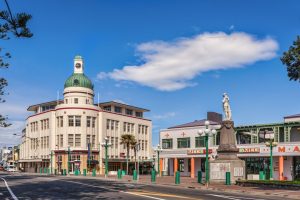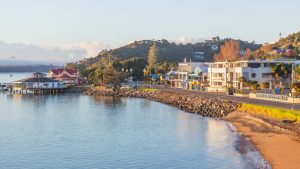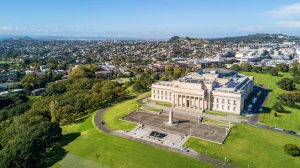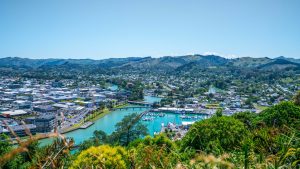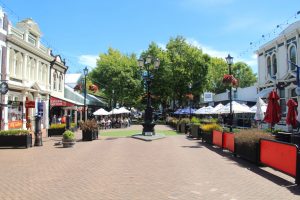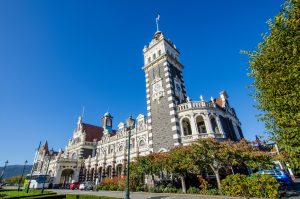About the Migrant Perceptions Survey
The Migrant Survey is a nationwide survey run by Eastern Bridge Limited since 2016.
The goal of the survey is to gain an understanding of how migrants, visitors and international students cope within New Zealand communities.
The survey looks at 20 sample areas; these are the 16 regions of New Zealand as well as four sub-regions. Each sample area takes a random selection of 100 respondents. The survey is published in Chinese, Japanese, Korean, Vietnamese, Thai and Russian.
Results from the survey are made available to Eastern Bridge local government clients, along with recommendations on how they can make their communities more welcoming to migrants.
About the Eastern Bay of Plenty Region
The local governments have actively promoted inclusiveness of migrant populations and promoting education and understanding of different cultures and languages. The three Eastern Bay of Plenty Councils have collaboratively developed a sister-province relationship with Jiangxi. The relationship is designed to promote understanding and friendship, as well as educational and economic cooperation between the region and China.
A number of the region’s schools provide exchange opportunities and welcome overseas students. Several Marae have teamed up with local schools to develop cultural exchange programmes for younger international visitors.
The business sector is also welcoming of incoming migrants. The kiwi-fruit sector employs many seasonal workers from Malaysia, the Pacific Islands, South Korea and China. There are also some skilled-migrants working across the region.
New migrant businesses in the region have a favourable view of the councils and community. When comparing their experiences in securing council consents and licences they have found the Eastern Bay of Plenty councils to be efficient and their staff transparent. When a language barrier has appeared the councils have accommodated the business person by providing a translator.
The Eastern Bay of Plenty results
The region excelled in the areas of livability, housing affordability and ease of setting up a business.
Scores for accessing healthcare, education, and public safety was in line with the national average.
The biggest concerns held by respondents was access to public transport.

